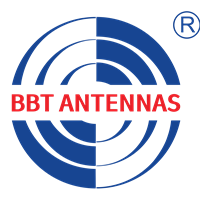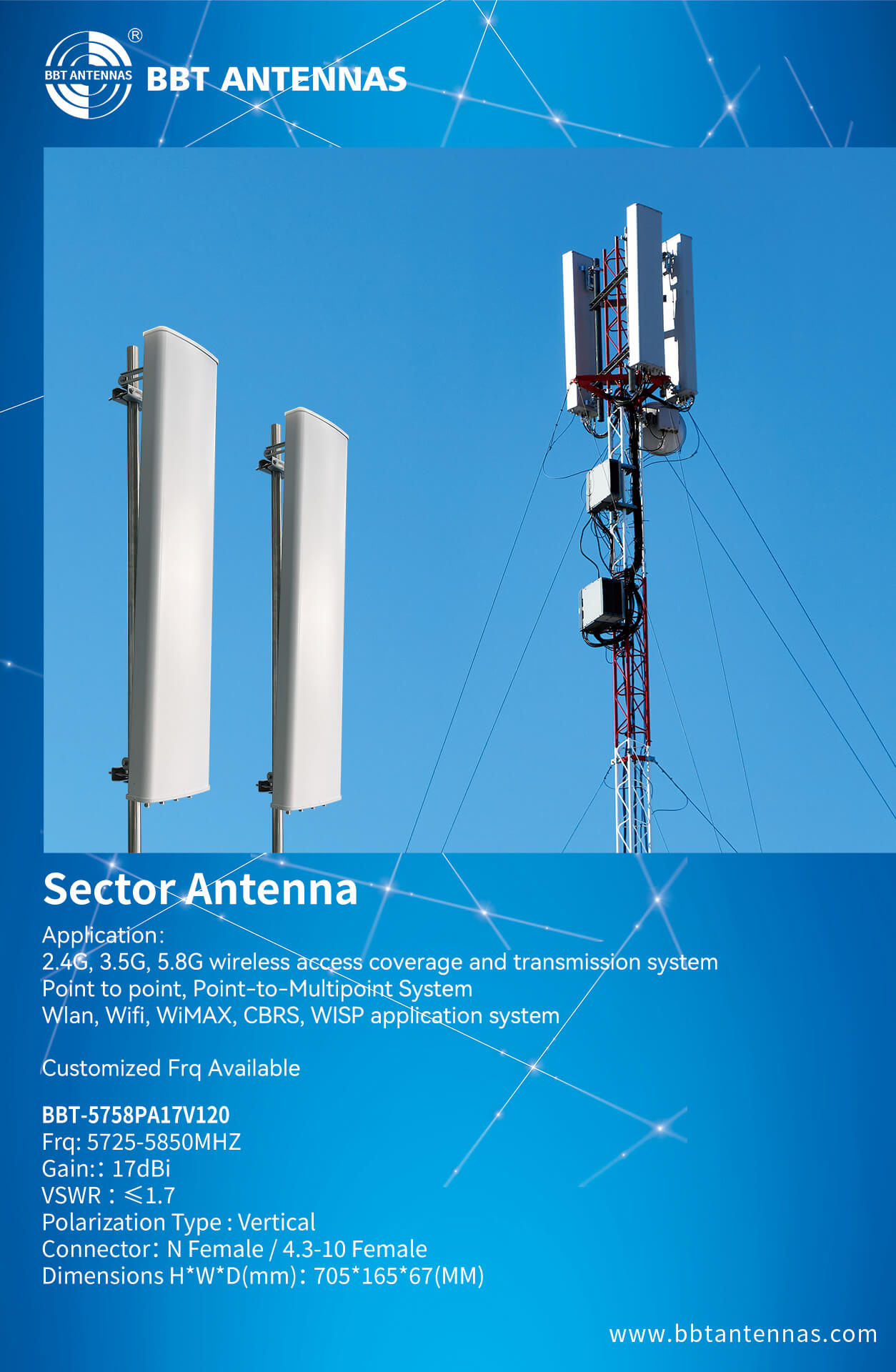Multiple-Input Multiple-Output (MIMO) technology has become a cornerstone of modern wireless communication systems, significantly enhancing the performance and reliability of data transmission. MIMO sector antennas, in particular, play a crucial role in facilitating high-capacity wireless networks by utilizing multiple antennas at both the transmitter and receiver ends. This introduction provides an overview of MIMO sector antennas, their operational principles, and their importance in next-generation wireless connectivity.
What Are MIMO Sector Antennas?
MIMO sector antennas are specialized antennas designed to support MIMO technology by using multiple antennas to transmit and receive data simultaneously. This configuration allows for the transmission of multiple data streams over the same frequency channel, effectively increasing data throughput and improving signal quality.
MIMO technology takes advantage of multipath propagation—where signals reflect off surfaces and arrive at the receiver via different paths—to enhance communication reliability. MIMO systems can take advantage of these reflections by using many antennas to combine signals received at slightly different times, thereby improving overall performance. This capability is particularly beneficial in urban environments where obstacles can degrade signal quality.
Key Features of MIMO Sector Antennas
MIMO sector antennas are characterized by several key features that contribute to their effectiveness in wireless communication:
- Increased Data Rates: By allowing multiple data streams to be transmitted simultaneously, MIMO sector antennas can significantly increase the overall data rate compared to traditional single-antenna systems.
- Improved Signal Quality: The use of multiple antennas helps mitigate issues related to multipath fading, enhancing the reliability and quality of the received signal.
- Extended Coverage Area: MIMO sector antennas can provide broader coverage by directing signals toward specific user locations, ensuring that more users can connect effectively even in challenging environments.
- Spatial Diversity: The deployment of multiple antennas allows for spatial diversity, which reduces the likelihood of signal degradation due to interference or obstacles.
- Flexibility in Design: MIMO sector antennas come in various configurations (e.g., 2x2, 4x4), allowing for tailored solutions based on specific application requirements.
Applications of MIMO Sector Antennas
The versatility of MIMO sector antennas enables their application across a wide range of sectors and technologies:
1. Wireless Communication Systems
MIMO antennas are integral to modern wireless communication systems, mainly including:
Wi-Fi Networks: In Wi-Fi routers and access points, MIMO technology enhances data rates and coverage, improving the user experience in homes and businesses.
Cellular Networks: Used extensively in 4G LTE and 5G networks, MIMO antennas facilitate faster internet speeds and better call quality by increasing network capacity.
2. Internet of Things (IoT)
In IoT applications, MIMO sector antennas support multiple data streams simultaneously, allowing devices to communicate more efficiently. This capability is crucial for smart homes and cities where numerous devices require reliable connectivity.
3. Smart Homes and Buildings
MIMO technology enhances communication between devices in smart homes by connecting various systems such as lighting controls, security cameras, and HVAC systems. This integration enables seamless remote control and monitoring through smartphones or centralized hubs.
4. Industrial Applications
MIMO antennas facilitate real-time monitoring and control of machinery and processes in industrial settings. Their ability to provide reliable communication over longer distances is essential for predictive maintenance and remote operations applications.
Recommended Product: BBT MIMO Sector Antenna
As we look towards the future of wireless connectivity, the importance of advanced solutions like MIMO sector antennas cannot be overstated. These technologies enhance data throughput and improve signal quality and coverage area across various applications.
For organizations seeking reliable performance in their wireless networks, we recommend considering our BBT MIMO Sector Antenna. Here are the key features of our products:
- High Gain: BBT MIMO Sector Antennas are engineered to provide high gain, ensuring robust signal strength and improved data transmission over long distances.
- Broad Beam Width: The antennas feature a broad beam width, allowing for extensive coverage areas and the ability to serve multiple users simultaneously.
- Strong Anti-Interference Capability: Each antenna has strong anti-interference abilities, which help maintain stable and reliable connections even in challenging environments.
- Versatile Applications: The BBT MIMO sector antennas are suitable for various applications, including 2.4G and 3.8G wireless access systems, WLAN, Wi-Fi, and WIMAX systems. They support both point-to-point and point-to-multipoint configurations, making them adaptable to various network setups.
By integrating our BBT MIMO sector antennas into your network infrastructure, you can ensure robust performance that meets the demands of modern communication technologies while enhancing connectivity across diverse environments.
Conclusion
As wireless communication continues to evolve with advancements like 5G and beyond, the role of MIMO technology will remain pivotal in meeting the growing demands for speed, reliability, and connectivity across various applications. With BBT as your partner, you can harness the power of these innovative antennas to take your network connectivity to the next level!

